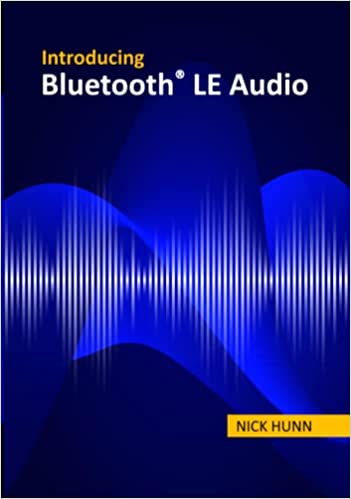The need for better audio accessibility is greater now than ever before. According to the World Health Organization, half a billion people currently need audio accessibility, and 2.5 billion people are projected to have some degree of hearing loss by 2050.
“Hearing and understanding speech in various environments can be a daily struggle for people with any degree of hearing loss,” says Barbara Kelley, executive director of the Hearing Loss Association of America. “Audio quality innovations can benefit everyone while also improving communication access to those with hearing loss.”
Existing ALS Challenges
While current assistive listening system (ALS) technologies, such as inductive loops, have been providing great benefit to people with hearing loss, they suffer from a number of challenges that have limited their deployment, including poor quality, high cost, and lack of privacy.
With loop systems, deployment is expensive and labor intensive. Venues that want to provide assistive listening have been scared off by the price of installation. Non-loop assistive listening solutions are typically not convenient for the user. It usually means picking up an FM or infrared receiver at the venue since they are not standardized. “Currently, there is just no way to equip all the possible places offering live audio with telecoil systems,” said Jeff Solum from Starkey.
To help overcome the challenges associated with current ALS technologies, the Bluetooth Special Interest Group (SIG) worked closely with the hearing aid industry to define and introduce the next generation of assistive listening system technology, Auracast™ broadcast audio.

FEATURED INNOVATION
Auracast™ Broadcast Audio
Auracast™ broadcast audio will deliver life-changing audio experiences that will enhance the way you engage with others and the world around you.
Audio Accessibility for All
Auracast™ broadcast audio will become an advanced, new assistive listening system that will be significantly easier and lower cost to deploy while offering higher audio quality and greater privacy. Overcoming the challenges of traditional ALS solutions using a familiar, proven technology ubiquitous in most consumer audio devices will provide the added benefits of enabling broader deployment and increased availability of ALS for people with hearing loss.
According to Nikolai Bisgaard from the European Hearing Instrument Manufacturers Association (EHIMA), Auracast™ broadcast audio will enable easier listening of audio in venues where noise can prevent a quality experience. “For instance, TV monitors in public areas are normally muted, and you must read the transcribed text in ticker lines,” said Bisgaard. “With Auracast™ broadcast audio, you will be able to pick the sound directly in your hearing instruments, headsets, or earbuds and listen without disturbing other people.”
Thanks to Auracast™ broadcast audio, more venues will be able to easily deploy assistive listening. “Being able to place an RF audio gateway based on the new Bluetooth® LE standard just about anywhere there is a power source and an audio source is a complete game changer for people with hearing loss,” said Solum. The applicability of these systems will also expand to consumers with all levels of hearing health.
“Having choices in technology to meet the varying needs of people with hearing loss is critical,” says Kelley. “The advent of technologies like Auracast™ broadcast audio has the potential to give people who wear hearing aids and cochlear implants an important new option for hearing access in their everyday lives.”

FEATURED INNOVATION
Auracast™ Broadcast Audio
Auracast™ broadcast audio will deliver life-changing audio experiences that will enhance the way you engage with others and the world around you.











![packetcraft logo tagline[1]](https://www.bluetooth.com/wp-content/uploads/2024/03/packetcraft_logo_tagline1.png)




![2312 CES Handout Images FINAL existing pdf 464x600[1]](https://www.bluetooth.com/wp-content/uploads/2024/01/2312_CES_Handout-Images_FINAL-existing-pdf-464x6001-1.jpg)
![2312 CES Handout Images FINAL unlimited pdf 464x600[1]](https://www.bluetooth.com/wp-content/uploads/2024/01/2312_CES_Handout-Images_FINAL-unlimited-pdf-464x6001-1.jpg)











